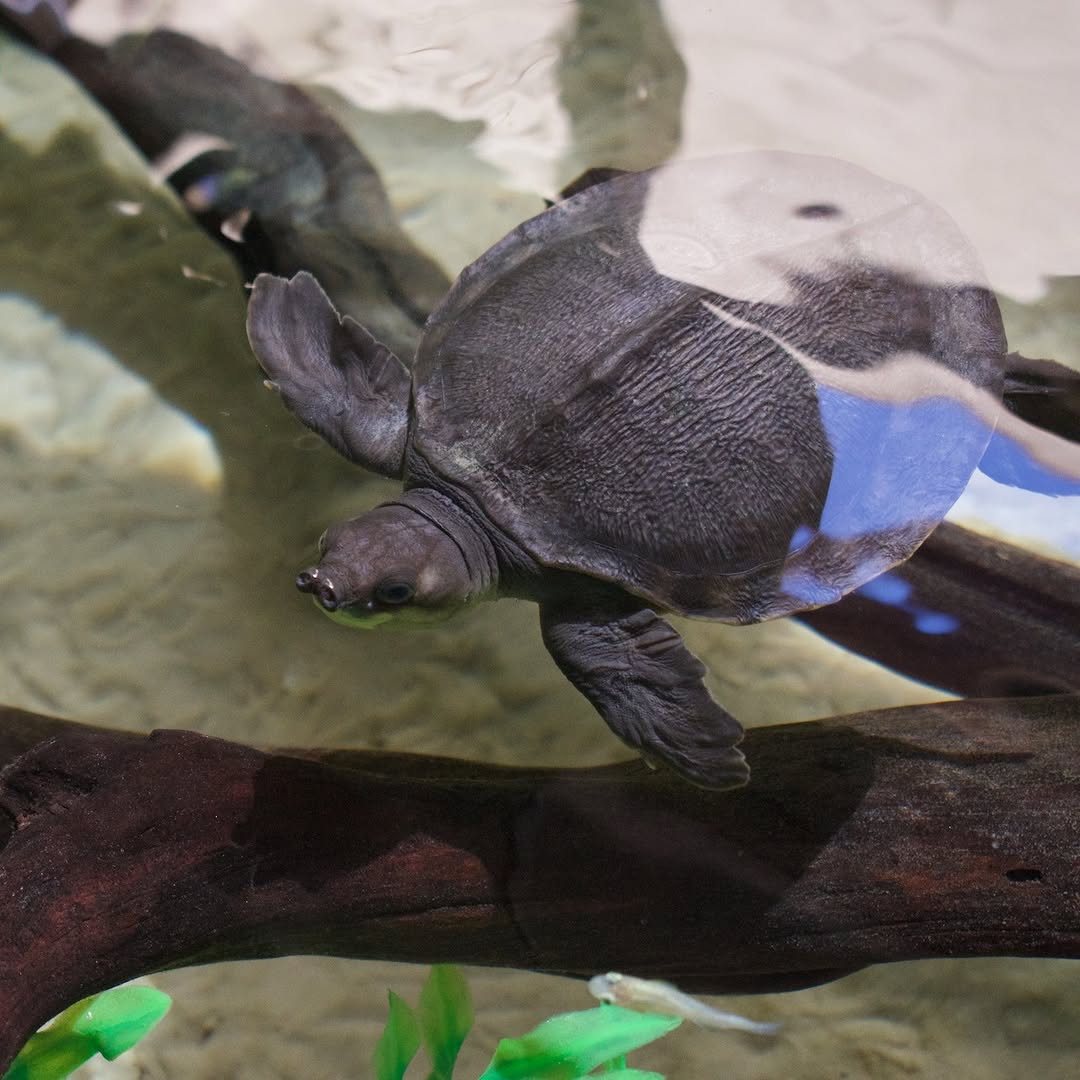- Understanding the Pig-nosed Turtle: This course will teach you about the physical characteristics, behaviors, and habitat of the Pig-nosed Turtle (Carettochelys insculpta), an endangered species with distinct features.
- Conservation Challenges and Efforts: This section explores the current conservation issues facing the Pig-nosed Turtle and the methods implemented to protect its population.
- The Role of Turtle Conservancy: Delve into the mission and initiatives of Turtle Conservancy in supporting the survival of the Pig-nosed Turtle and how these efforts extend to other turtle species.
- Community Involvement and Education: Learn about the importance of public involvement in wildlife conservation and educational programs that raise awareness and funds for turtle preservation.
- Future Prospects for Turtle Conservation: Consider the potential developments and opportunities in conservation that can impact the future of the Pig-nosed Turtle and other endangered species.
The Pig-nosed Turtle (Carettochelys insculpta) is a fascinating creature that continues to capture the interest of biologists and conservationists alike. Native to the rivers and streams of northern Australia and southern New Guinea, these turtles are the only freshwater species with flippers, resembling marine turtles more than their more closely related freshwater counterparts. This adaptation allows them to glide efficiently through water, a skill that is critical to their survival in fast-flowing environments. Their pig-like snout is not just a quirky feature; it serves an essential purpose by helping them feed on submerged vegetation, small invertebrates, and fruits.
The Pig-nosed Turtle is recognized as an endangered species due to habitat destruction and a high demand in the illegal pet trade. Consequently, understanding their ecology and behaviors is crucial. These turtles spend most of their time underwater, coming ashore primarily to nest. Female Pig-nosed Turtles are known to travel considerable distances to lay their eggs in sandy riverbanks, which renders their nests vulnerable to human interference and predation.
Conservation efforts for the Pig-nosed Turtle face several critical challenges. Habitat degradation, particularly from agriculture and mining, poses a significant threat to their populations. Furthermore, climate change impacts such as altered rainfall patterns and rising temperatures can affect nesting sites and hatchling success rates. The illegal trade also persists as a serious problem despite international protections under the Convention on International Trade in Endangered Species (CITES).
Various conservation strategies are in place to combat these challenges. Protected areas and habitat restoration offer turtles a safer environment to thrive. Community-based initiatives focus on involving local populations in conservation, providing education on the importance of preserving turtle habitats and enforcing laws against illegal trading. Additionally, research programs that monitor turtle populations and their ecological needs are vital to informing policy and management strategies.
Turtle Conservancy is pivotal in these efforts, spearheading projects to protect and conserve the Pig-nosed Turtle and other endangered species. The organization supports habitat preservation, funds research, and engages in advocacy efforts to promote global awareness. By collaborating with governmental bodies and local communities, Turtle Conservancy strives to develop sustainable solutions that benefit both turtles and people. Fundraising efforts often bolster their initiatives, with donations playing a critical part in ensuring their success.
Education and awareness are integral components of turtle conservation. Turtle Conservancy and similar organizations invest in educational programs to teach the public about the plight of endangered turtles. These programs aim to instill a sense of responsibility and enthusiasm for conservation in individuals of all ages. By engaging schools, community groups, and online audiences, these efforts help spread crucial messages about the importance of biodiversity and the threats these species face.
The future of turtle conservation hinges on continued advocacy and innovation. Technological advancements, such as satellite tracking, can provide deeper insights into turtle behaviors and migration patterns, critical for shaping effective conservation strategies. Moreover, increased international cooperation is necessary to tackle issues like illegal trade and climate change, which transcend national borders. Partnerships between conservation organizations, governments, and local communities remain essential for protecting these remarkable creatures.
In summary, the plight of the Pig-nosed Turtle emphasizes the need for comprehensive conservation practices that address ecological, social, and economic factors. Organizations like Turtle Conservancy are at the forefront of these efforts, leveraging research, advocacy, and education to foster a sustainable future for turtles worldwide. As we approach the new year, the dedication to understanding and protecting such endangered species serves as both a challenge and inspiration, guiding us toward a more sustainable coexistence with nature.
*****
Source Description
As we prepare to swim into the new year, let us take inspiration from the remarkable Pig-nosed Turtle (Carettochelys insculpta), an endangered species and the only freshwater turtle with flippers we wrap up this holiday season, our Turtle Conservancy family wishes everyone a happy and fulfilling 20on. Visit our website today to learn more about our mission and how you can contribute to our year-end fundraising efforts!


